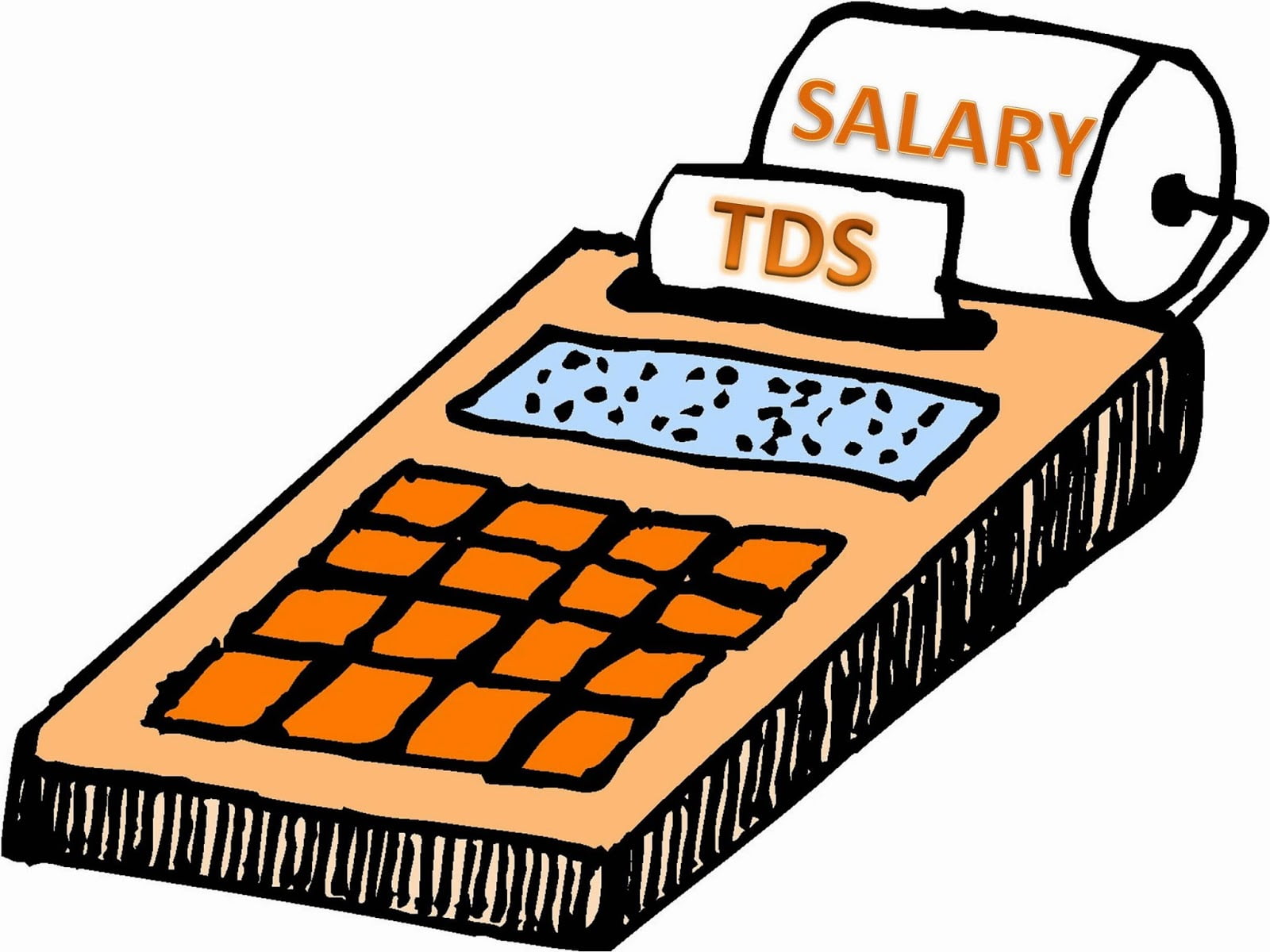Did You Know Full Foam of TDS? Tds means Tax Deducted at Source. Buying property is one of the most important and long-term investment decisions taken by an individual. In 2013, with an intent to track high value real-estate transactions, the government introduced TDS (tax deducted at source) provisions for a property buyers. Tax deducted at source definition: Hence, with effect from June 1, 2013, a buyer of an immovable property (other than rural agricultural land) valued at `50 lakh or more is mandatory required to deduct TDS at the rate of 1% from the amount payable to a resident transferor. The TDS deducted would have to be deposited with the government treasury within the stipulated time period.
TDS – A Tax Deducted at Source Guide India
It would be pertinent to note that, where the seller of property makes a loss or makes a tax-saving investment to claim long-term capital gain exemption, he may not have to pay tax on the capital gain. In such a case, the seller would have to claim a refund in his return of income for the tax deducted by the buyer.

Tax Deducted at Source Applicability:
Below are certain key points that the property buyer needs to keep in mind while tax deductions on purchase of property:
How does tax deducted at source work?
The buyer is required to deduct TDS at the time of making the payment. Even if it is an advanced or installment payment. TDS has to be deducted on the sale consideration. The date of transfer of property is not relevant.
When did tax deducted at source come into force?
TDS deduction should be on the consideration and not just the amount exceeding Rs 50 lakh.
How tax deducted at source is calculated?
The buyer should deposit the amount deducted into the government treasury, within a period of seven days, from the end of the month. In which the deduction was made. Delay in deducting or depositing tax would attract interest as under: Interest at the rate of 1% per month from the date the tax was deductible till the date the tax was deducted. Interest at the rate of 1.5% per month from the date the tax was deducted till the date of payment. A deductor of tax is required to mandatory obtain a Tax Deduction Account Number (TAN). However, in the case of purchase of property, the buyer is not required to obtain a TAN. In case PAN of the seller is not available, minimum TDS at the rate of 20% is required to be deducted.
Who pays tax deducted at source?
The buyer of the property (deductor of tax) has to furnish transaction information online on the TIN website, that is in Form 26QB, electronically.
Make sure to mention the PAN correctly. There is no online mechanism for any rectification in the form. In case of any error while filing the form, the buyer will have to approach the Assessing Officer or CPC-TDS for rectification of errors.
If there are more than one buyer or seller, Form 26QB has to be furnished for each of them. The tax withholding provisions would apply for the following cases as well:
- i)Where the cost paid by each buyer is less than `50 lakh,
- ii)but the overall transfer amount is `50 lakh or more.
- iii)Where the cost received by each seller is less than ` 50 lakh, but the overall amount is ` 50 lakh or more.
After successfully providing details of the transaction, the deductor can: Either make tds online payment (through e-tax payment option) immediately Or make the payment (net- banking account) by visiting any of the authorized bank branches.
Once the tax is deposited and Form 26QB is filled, the buyer is required to issue Form 16B (ie the TDS certificate) to the seller of the property. Form 16B can be downloaded from the website of Centralized Processing Cell of TDS (CPCTDS) www.tdscpc.gov.in.
Ref : Hindustan Times.
- Did you know how to sell property most rewarding ways online? Here are some creative tips for sell property with good appreciation.
It would be worthwhile to note that failure to comply with the withholding provisions would attract interest and penalty for the buyer.







Leave a Comment
You must be logged in to post a comment.